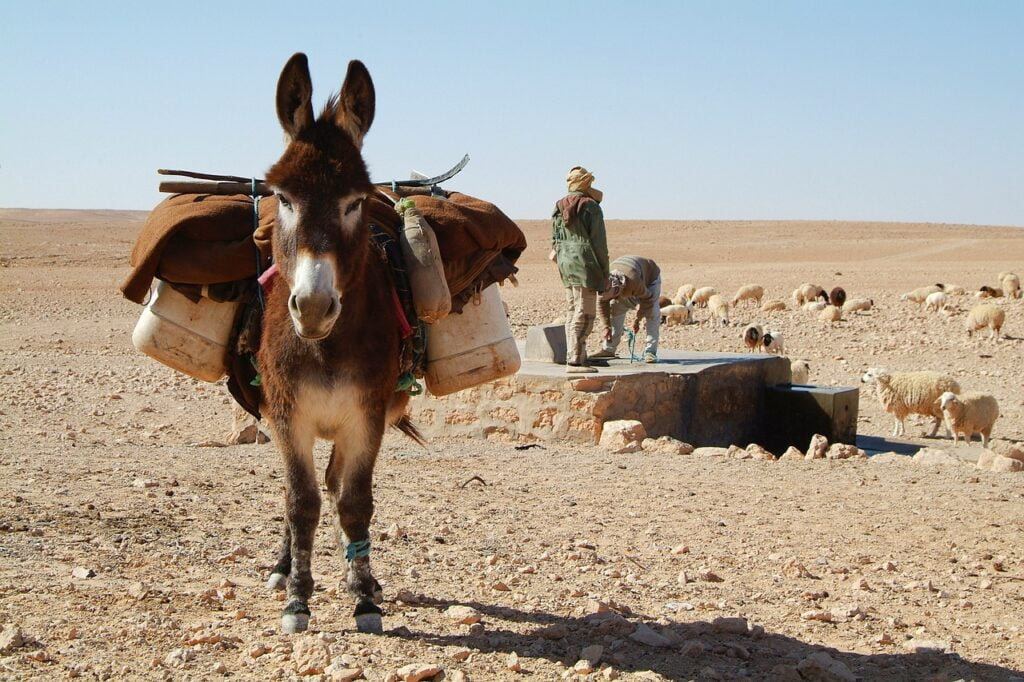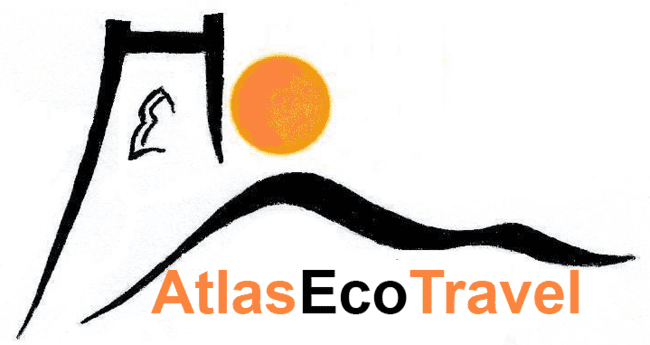The Berbers in Morocco
The Berbers, also known as Imazeghen, which means ‘Free and noble people’ stands as the original inhabitants of not just Morocco , but the entire North Africa. Their legacy spans millennia, deeply ingrained in the textile of Morocco’s identity and heritage.
Origins and settlements
The exact origins of the Berbers remain unsure, lost in the annals of time. What is certain is that they predate recorded history in North Africa. By the time the Phoenicians made their first ventures into the region, the Berbers had already established themselves as the indigenous inhabitants, their roots firmly intertwined with the land they called home.
Linguistic and Regional Diversity of Berbers
The Berbers in Morocco are not a monolithic group but rather a mosaic of distinct communities, each with its own dialect, traditions, and customs. Three major Berber groups are prominent: the Rif in the north, the central groups (Amazight), and the southern (Tachelhit). The linguistic diversity among these groups can be significant, with a Berber from the south often struggling to understand the dialect of their northern counterparts, although some commonalities persist.
Social Structure of the Berber Communities
The structure of the Berber communities, especially in the High Atlas region, is intricate and steeped in tradition. The smallest unit is the “tadchirt,” formed by two households coming together. Multiple tadchirts form a village, ranging from four to fifty houses. These villages, in turn, coalesce to form a “fraction,” with three to ten villages constituting a tribe. Tribes can then unite in confederations, showcasing the layered complexity of Berber social organization
The Berber Architect
The Berber architecture reflects a deep understanding of local environments and climatic conditions. In areas exposed to cold weather and western winds, stone structures are prevalent, offering insulation and protection against the elements. Conversely, in warmer regions facing east, monolithic units, earth, and adobe bricks are utilized to construct thick-walled homes, maintaining warmth during winter and coolness in summer.
The meticulous craftsmanship and sustainable use of local materials not only showcase the ingenuity of Berber builders but also embody a harmonious relationship with nature and the surrounding landscape.

Conclusion
The Berbers stand as guardians of ancient wisdom and custodians of a cultural heritage that continues to evolve and thrive in modern-day Morocco. Their resilience, diversity, and deep-rooted connection to the land make them an integral part of Morocco’s past, present, and future a testament to the enduring legacy of indigenous peoples across the world.

